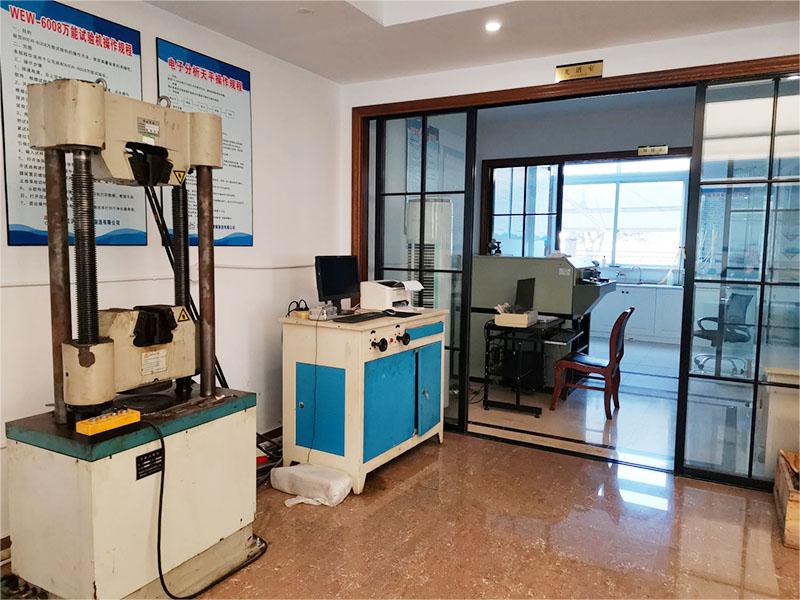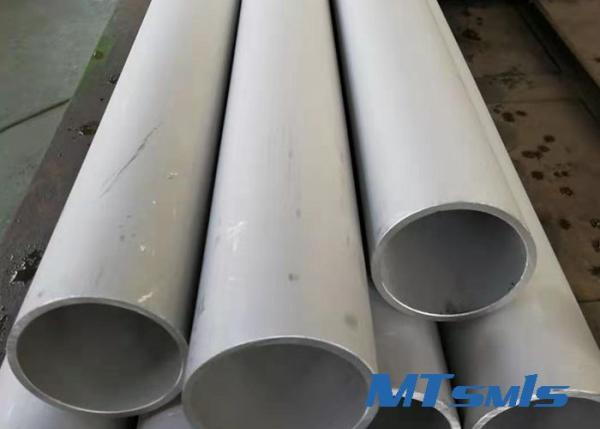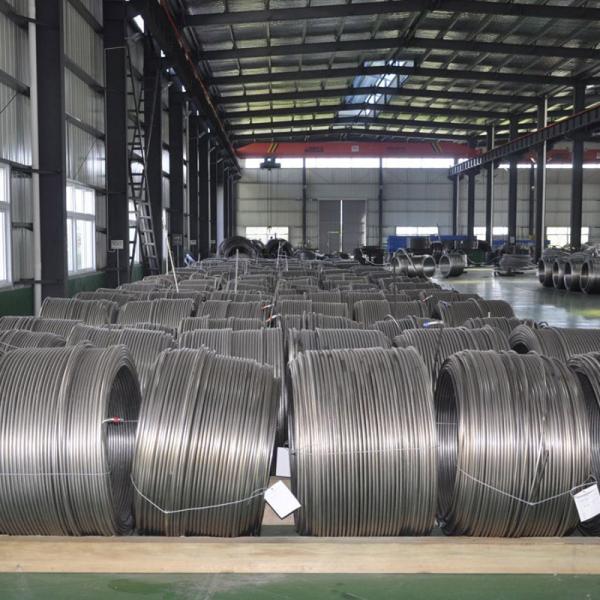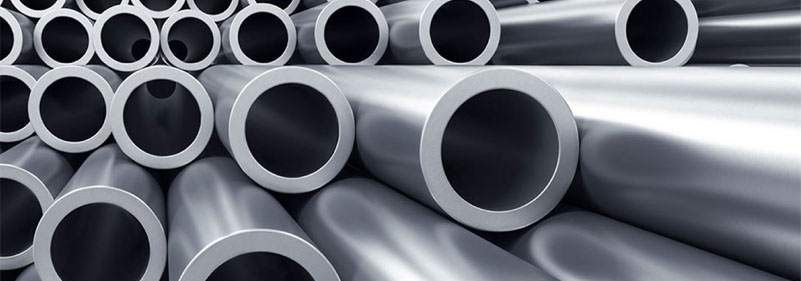What is the difference between 2205 duplex and 316L?

How to choose between 2205 and 316L?
2205 and 316L stainless steels have distinct compositions and performance. 2205 offers superior corrosion resistance and strength, especially in chloride environments, while 316L excels in processing ease and weldability.
Differences in composition
2205 is a duplex stainless steel consisting of 22% chromium, 3% molybdenum and 5-6% nickel, along with nitrogen. This material combines the advantages of both austenitic and ferritic stainless steels. The 316L stainless steel, on the other hand, is an austenitic stainless steel that contains 16-18% chromium, 10-14% nickel, and 2-3% molybdenum, and contains no carbon, which is why it is also known as a low carbon stainless steel.
Performance difference
Corrosion resistance: 2205 has excellent corrosion resistance due to its dual-phase structure, especially in chloride environments. 316L also has good corrosion resistance, but in some specific environments, such as high-concentration chloride solutions, its corrosion resistance may not be as good as 2205.
Processing performance: 316L material in the process of processing has good plasticizing and welding performance, easy to process into a variety of shapes and sizes. While 2205 material due to its dual-phase structure, processing may require more attention and skills to ensure that the best processing results.
Strength and Toughness: 2205 material has high strength and toughness, especially at low temperatures. This allows it to excel in applications that require it to withstand high levels of stress and impact. 316L material, on the other hand, may not perform as well as 2205 material in certain extreme conditions, such as low temperatures or high stress environments.
Application Differences
Marine engineering: Due to its excellent corrosion resistance in chloride environments, 2205 material has a wide range of applications in the field of marine engineering, such as offshore platforms and submarine pipelines.
Chemical and petrochemical: 2205 material is also widely used in chemical and petrochemical fields, especially when dealing with high concentration chloride solution. And 316L material also has some applications in these fields, but may need to consider more corrosion protection measures.
Although both 2205 and 316L material are stainless steel materials, they have obvious differences in composition, properties and applications. Therefore, when choosing stainless steel materials, the appropriate material should be selected according to the specific application needs and environmental conditions.
Related Products

ASTM A312 316/316L Stainless Steel seamless pipe with Annealed & Pickled Surface
316L Stainless Steel Seamless Pipe plays a key role in several fields. In the chemical industry, it is widely used in the manufacture of chemical processing equipment, piping and vessels that resist a variety of corrosive media, such as acids, alkalis and salts.The pipes also maintain a high degree ......

 English
English 中 文
中 文 Español
Español Português
Português Deutsch
Deutsch Türk
Türk Pусский
Pусский عربي
عربي 한국인
한국인 日本語
日本語
